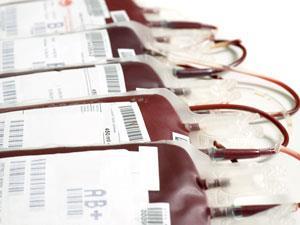
The storage of blood donations is a great challenge as the longer blood is stored, the more it deteriorates. Red blood cells (RBCs) are often collected in solutions containing glucose to preserve and extend their shelf-life, but these solutions may also be adversely affecting the blood as well as patients receiving it.
In the same way that untreated high blood sugar in diabetics can lead to serious medical conditions, complications associated with blood transfusions might be due to the high levels of glucose currently used to store RBCs after donation – often almost 10 times the bloodstream glucose level in a healthy person. This rationale was the motivation behind the research of Dana Spence and his team at Michigan State University in East Lansing, US, who used a microfluidic system to maintain a constant, low level of glucose in blood storage solutions, and then assessed the impact this had on the RBCs.
‘By reducing the glucose levels, we saw that the red blood cells were able to release increased amounts of ATP [adenosine triphosphate] which, in turn, can stimulate nitric oxide in other cell types,’ says Spence. He goes on to explain that nitric oxide is essential for maintaining blood flow and low nitric oxide bioavailability is a recognised problem associated with transfusion.
Christopher Silliman, an expert in blood banking and transfusions at the Bonfils Blood Center in Denver, Colorado, US, says the results are compelling and ‘may lead to improved storage techniques to ultimately make transfusions safer for patients’.
The team is now investigating the survival of RBCs after transfusion in vivo.






No comments yet